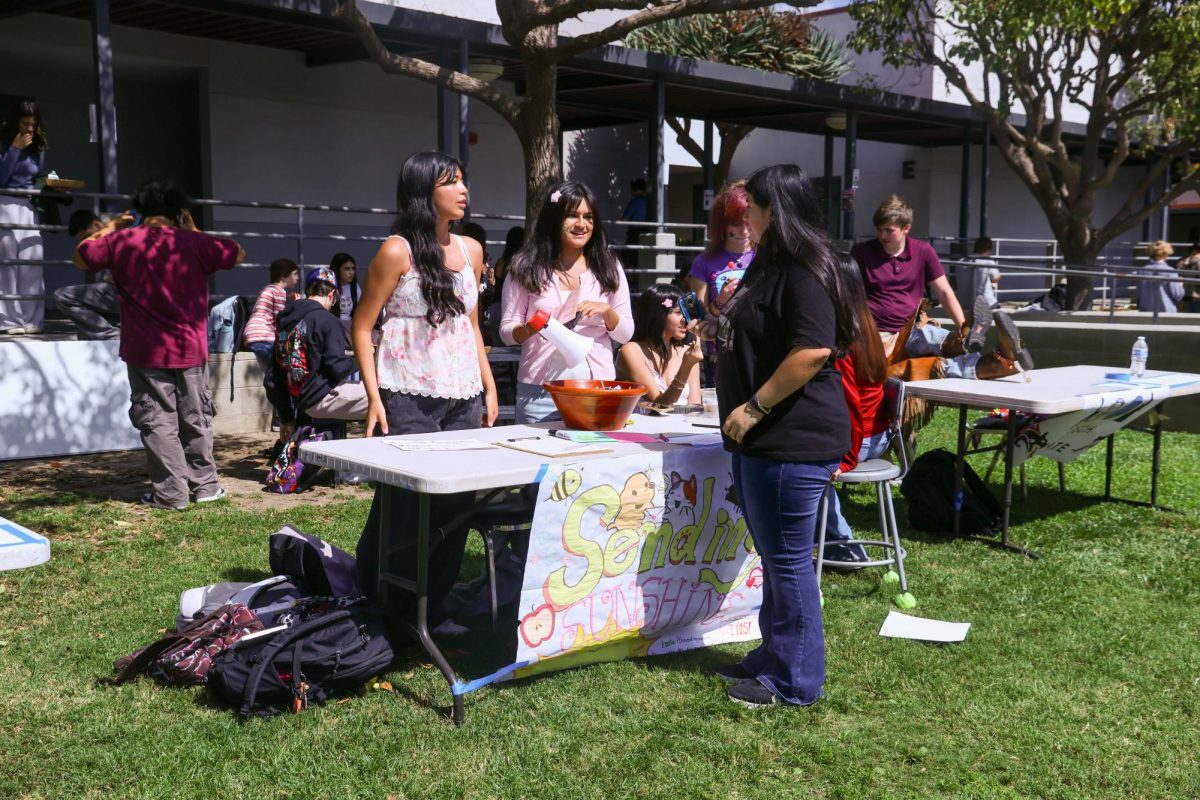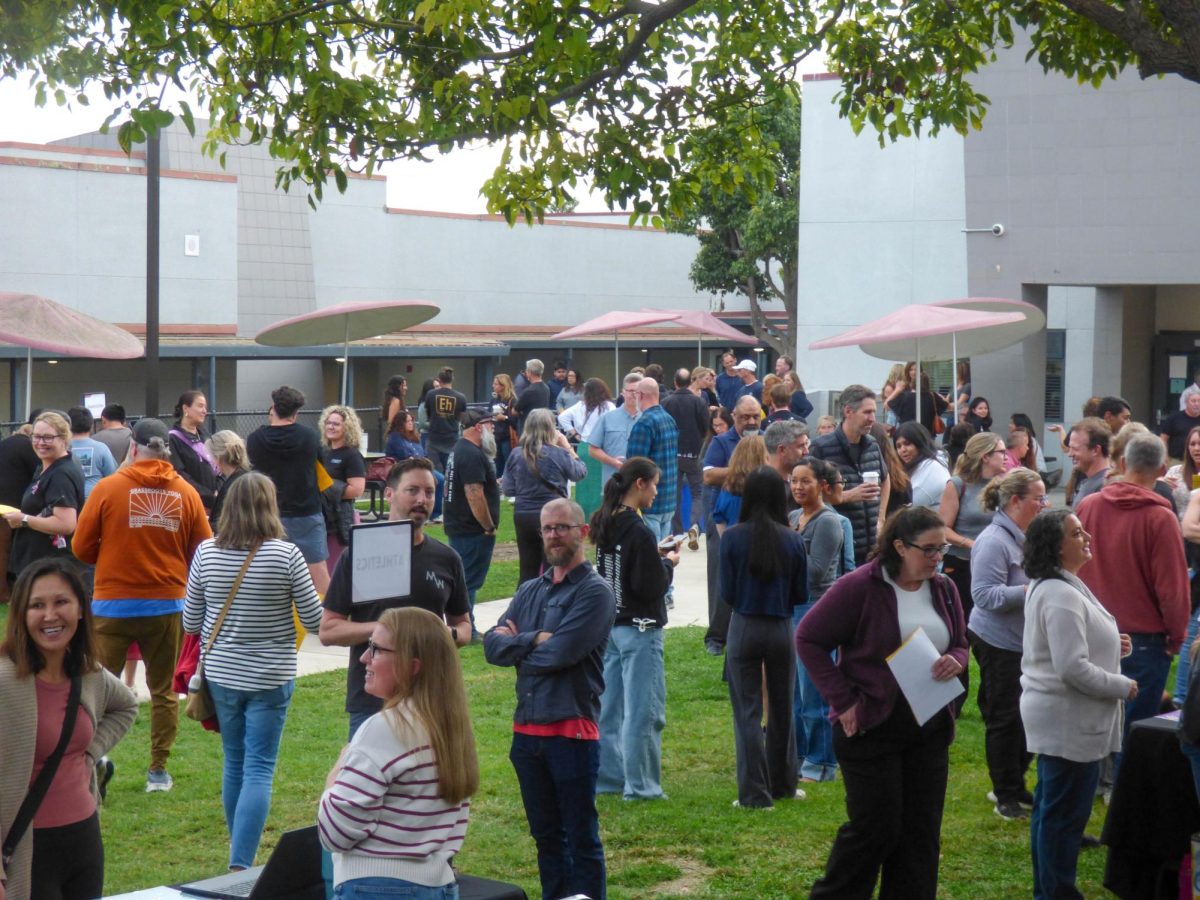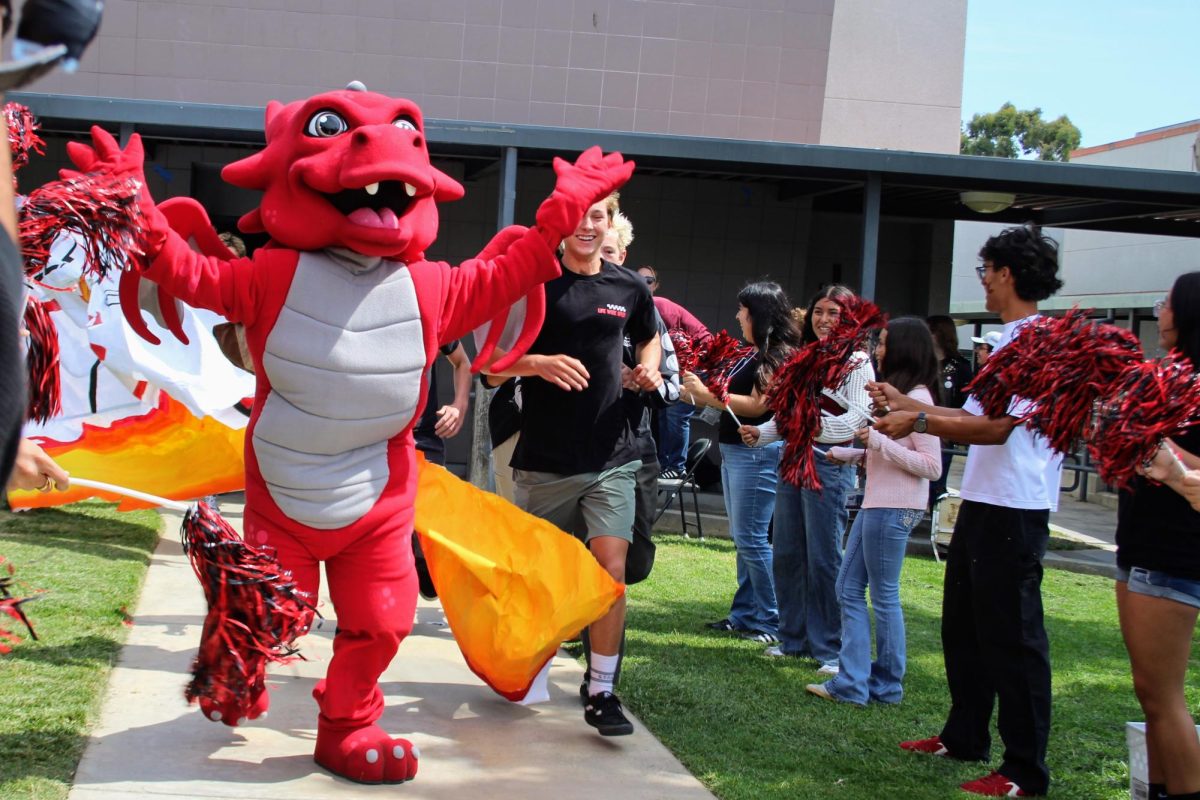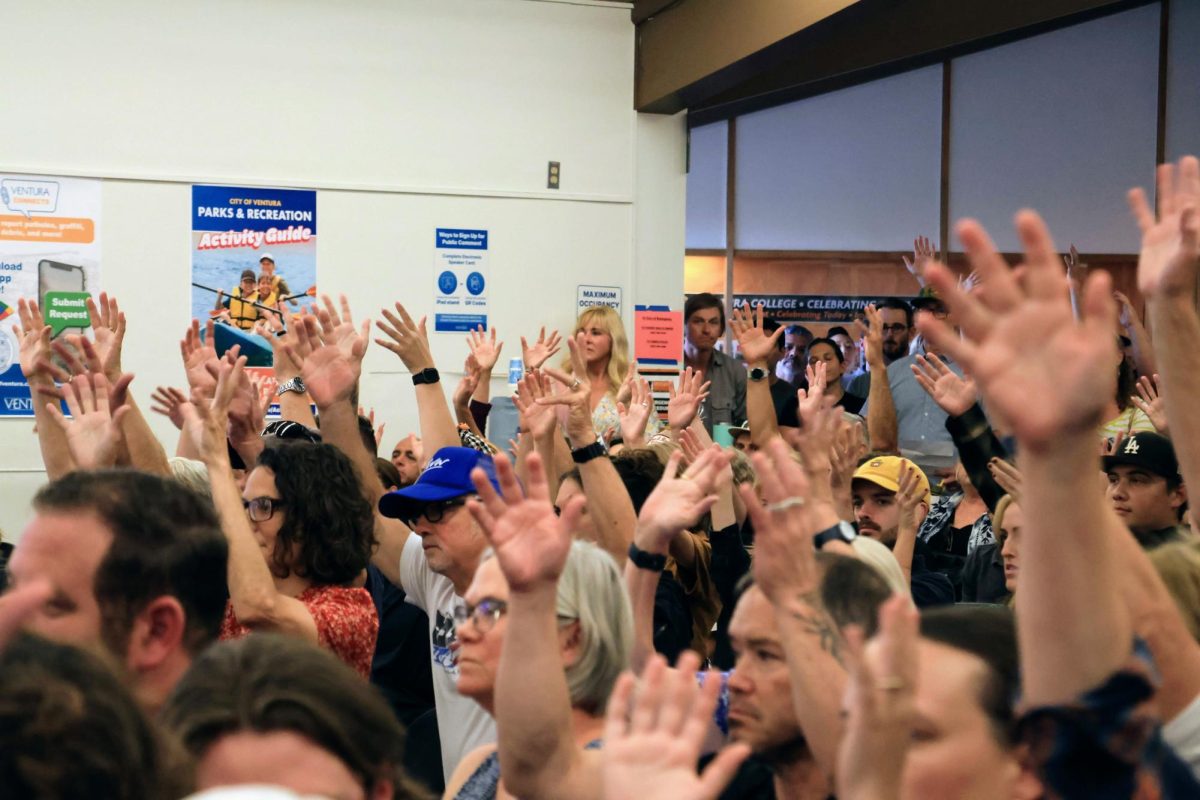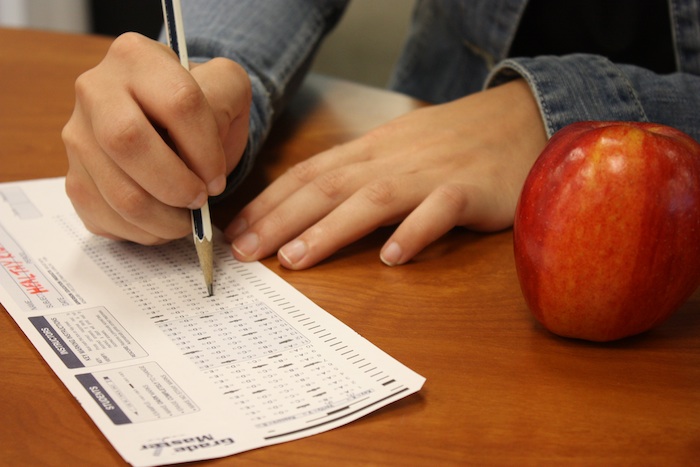
Results from the California Healthy Kids Survey, administered last May, have revealed significant changes in behaviors and attitudes of students across Ventura Unified and California.
The CHKS survey is administered bi-annually to students in grades seven, nine, and eleven.
The information collected allows people like Ventura Unified Health and Prevention Education Specialist Kelly Lara to “take a look at the norms in our community around alcohol and marijuana use, and then show the students why it’s important for them to be aware of what those norms are and how they can change them.”
“The purpose of the CHKS survey is just to give students a voice. It’s anonymous, it’s confidential, it’s an opportunity for students to really say that this is what our life experience is, this is what it’s like to be a teenager today, so it’s a way for adults to get some information from youths about what is happening in their community and in their age group around substance use,” Lara added.
The CHKS survey is one of many efforts funded by the GRASP grant to decrease unhealthy behavior among students. The $1.15 million GRASP grant was provided by the US Department of Safe and Drug Free Schools to support safe and healthy youth development, marketing, theater, education, and empowerment activities to all students in the Ventura Unified over three years.
“Generally speaking, we have seen a pretty significant downward trend in alcohol use since we began this grant. We did see decreases with our middle school students around binge drinking, but it stayed pretty consistent with our high school students. We haven’t made a huge impact on binge drinking, but we’re hoping to see some decreases soon,” Lara said.
In 2010, 38 percent of Ventura Unified eleventh grade students reported alcohol use in the 30 days prior to taking the CHKS survey and are considered current users. This is a 7 percent decline from the 45 percent who reported current alcohol usage in 2008. Ninth grade statistics show a 3 percent decline. Statistics from the CHKS survey regarding binge drinking fluctuate slightly among each grade level, but not significantly.
However, students using marijuana are growing in number: 27 percent of Ventura Unified ninth grade students reported current marijuana use in 2010, a 9 percent percent increase from students in 2008. Increases have been seen throughout the entire district in most grade levels.
“We have seen a pretty significant increase in marijuana use with all of our students. For eleventh grade students, it’s stayed steady, but for all other grade levels, we’ve seen very significant increases in both 30-day marijuana use and lifetime marijuana use,” said Lara.
Claire Adams, Foothill’s health and wellness representative, is unsure why these numbers have risen.
“Marijuana just seems to be more acceptable here in Ventura, in Southern California. I suppose it’s just the whole beach culture that makes these drugs seem ‘okay’. The proposition to legalize marijuana last year probably normalized it as well, kids aren’t realizing how unhealthy it really is,” she said.
“I think that it’s sad, but unsurprising that so many kids are drinking and doing drugs these days. I understand, but I don’t think that it’s an excuse,” said freshman Hailey Tallman. “It’s hard for kids to really think about any of their decisions, drugs and alcohol included.”
The CHKS survey also covers student safety and inquires about their relationships with teachers and other students. Levels of school connectedness rose steadily throughout the district, peaking at an average of 37 percent. The statistic for caring relationships with adults fluctuates around 40 percent in 2010.
However, considerably more students at Foothill report feelings of safety, school connectedness, and meaningful participation than in other schools in the district.
Ninety percent of Foothill students feel ‘safe’ or ‘very safe’ when at school, while an average of 58 percent of students at other schools in Ventura Unified reported feeling safe during school hours: 56 percent at Buena High School and 60 percent at Ventura High School. Other statistics follow a similar pattern.
“Being a smaller school helps, of course, because teachers don’t get lost in the crowd so much. Students feel safe because they feel like they can have individual, one-on-one relationships with their teachers,” said Adams.
“I think there’s been a real effort in our district, a real intentional approach to try to increase school connectedness because we know that school connectedness is such an important thing for our students. It correlates with alcohol use, it correlates with all substances,” Lara said. “The more they report school connectedness the less likely they are to get failing grades, the less likely they are to use substances, the less likely they are to feel depressed.”


